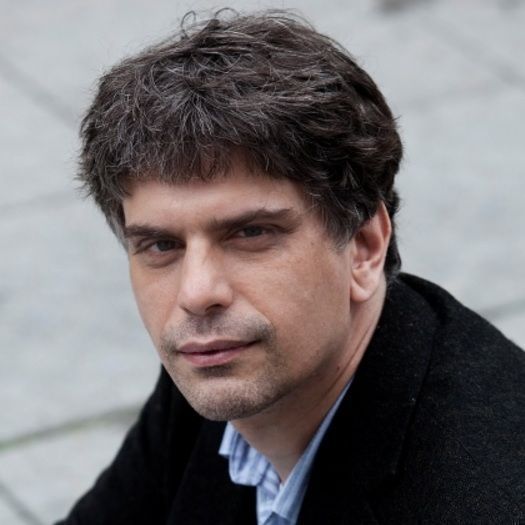When I first came to Warsaw, the streets were dark at night. There wasn’t much night life, just a few ramshackle pubs, and. as I found out to my own personal cost, the streets were not entirely safe after dark. To get to the outer districts such as Ursynów required a bus. The first metro line opened in the same year I arrived, but it did not run all the way to the centre of the city as it does today, but only from Kabaty forest to pl. Politechnika. Anyone who wanted to get to the centre had to wait until 1998, while the entire line was only finished off with the opening of its final station in Młociny in 2008. The development of the second line, in comparison, seems to have taken place at lightning speed.
In the late 1990s, my uncle came to Warsaw on a business trip and I remember the buildings of the time made quite an impression on him. I remember him commenting, “the architecture is pretty dreadful.” And indeed it was. The first time I went to the ci































































